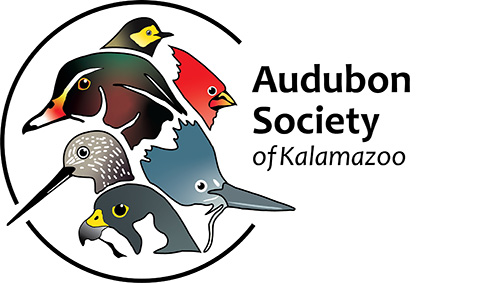Illegal wildlife trade is a booming billion-dollar business, ranking third among illegal activities after drug and human trafficking. Many millions of live and dead animals across the globe are sold every year for traditional medicines, jewelry, and personal collections. Among animals trafficked for the pet trade, birds are the most exploited group. Every year millions of birds are illegally captured and many of them face certain death. But for those that are rescued, wildlife officials must figure out what to do
with them—a task that is not as easy as it sounds. Sounds, a team of Brazilian scientists thought, might provide a clue to the bird’s home. After all, what we say and how we say it says a lot about where we come from; maybe the same can be said for birds.
When birds are rescued by wildlife officials, the hope is that many of them can be returned back where they came from. If a bird is healthy enough to be released, the International Union for the Conservation of Nature recommends that birds be returned as close as possible to their native range to increase the chance of survival. Home, however, can be difficult to ascertain because birds are often transported hundreds of miles from their native range with little indication of where they came from. Birds released into unfamiliar areas often die because they cannot acclimate to the new area or they come into contact with new diseases or predators. Releasing individuals outside of their home also raises concerns over hybridization.
Genetic testing is one strategy used to determine where illegally trafficked birds originated. DNA can help reveal the area where the individual bird came from, but the procedure is time- intensive and costly. Genetic testing also relies on the availability of large quantities of genetic material across the species range from which to make comparisons. Unfortunately, genetic material from many parts of the world is severely lacking, reducing the efficacy of the procedure for the reintroduction of captured birds.
Researchers in Brazil wanted to find a less invasive and less expensive way to return captured birds safely back home. Many species of birds have regional dialects, which researchers at the Federal University in Paraíba, Brazil, thought might provide a clue to help determine where to release captured birds. Ludmila Macedo Magroski and colleagues tested the feasibility of using vocalizations to help return captured birds to the right place.
Magroski and colleagues used recordings of four species (Little Tinamou, Red-shouldered Macaw, Saffron Finch, and Barred Antshrike) from the Macaulay Library to determine if their models could correctly assign vocalizations of each species to its origin. The team found that their models correctly placed the origin of Barred Antshrikes based on the frequency and duration of their vocalizations. For the other species they examined, they could not as easily assign the origin based on vocalizations.
Being able to assign origin based on vocalizations depends on whether birds have regional dialects or call structures that vary geographically. Species with learned vocalizations, such as parrots, can easily learn new vocalization outside their native range, making it difficult to pin down their home.
Despite these shortcomings, using vocalizations to assess where a species came from has promise and is more cost-effective than genetic testing. Sounds archived in the Macaulay Library have the potential to aid in ameliorating some of the negative effects of the pet trade by returning captured birds back home. Not only can determining the origin of a bird help ensure its survival, determining where birds came from has the added bonus of helping wildlife officials track down perpetrators and identify hotspots of activity to prevent poachers from trapping birds in the first place. We hope more researchers take advantage of recordings in the archive to increase the likelihood of returned rescued birds back home.
Adapted from The Cornell Lab of Ornithology online newsletter
